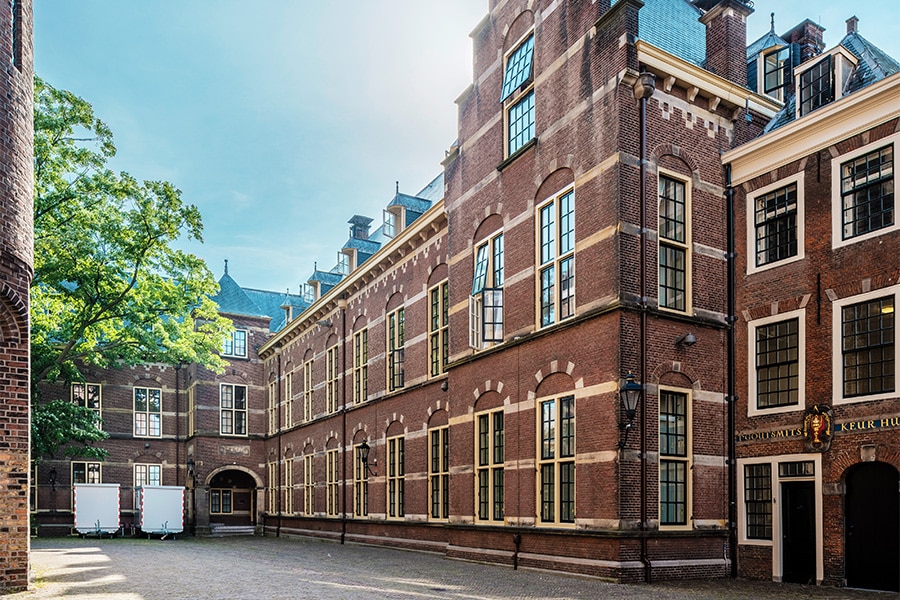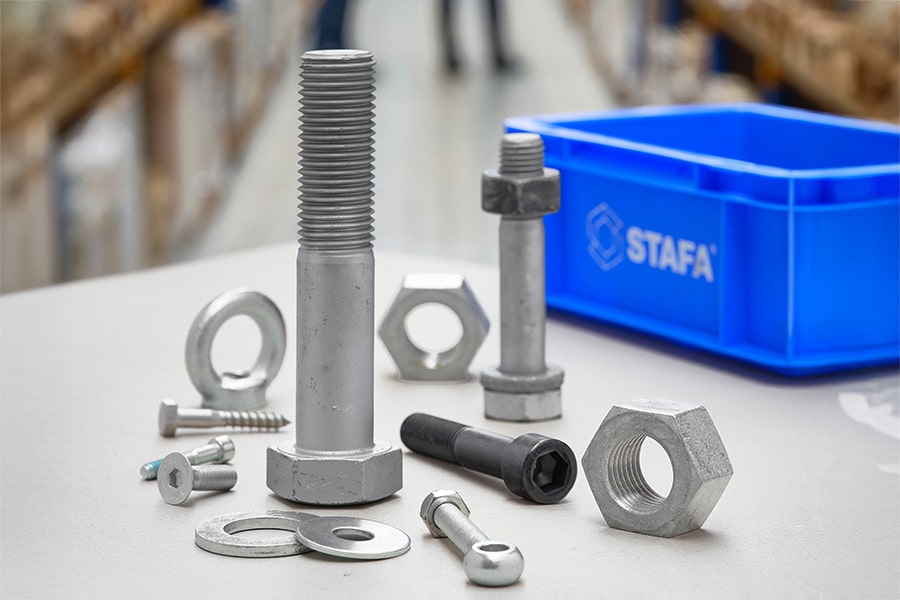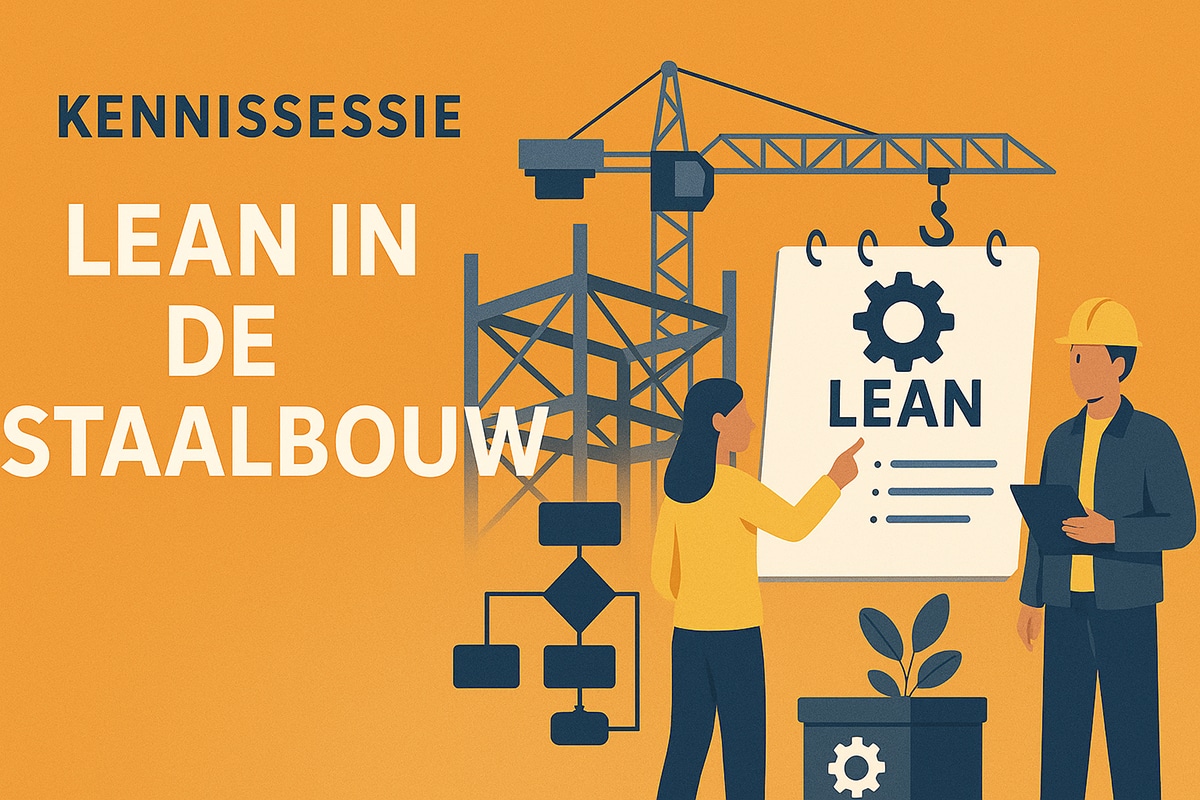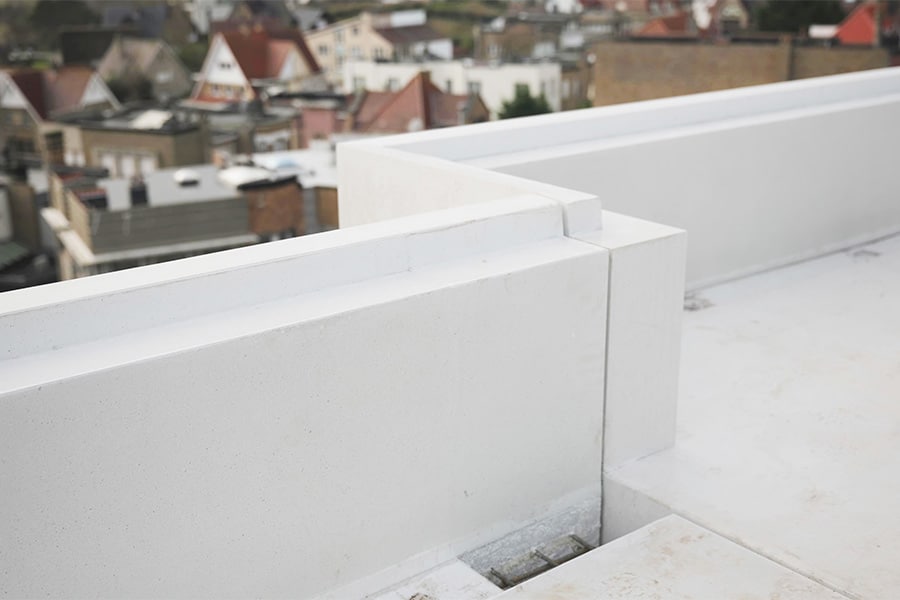
Environmental risk inventory and monitoring: Risk-based monitoring on the rise
Think of constructing large construction pits alongside the A10 motorway or sheet piling near old buildings, constructing a tunnel or building a bicycle basement in Amsterdam's city center. Building without risk analysis and monitoring can be an extremely costly affair and nobody wants that. Clients and contractors take care to thoroughly identify and monitor environmental risks in projects like these. BouwRisk is a company that specializes in this.
In fourteen years, BouwRisk has grown from a startup in Eindhoven with three employees to its current two offices (Eindhoven and Amsterdam) where more than twenty people work daily around construction and infrastructure projects. BouwRisk is engaged in risk management, monitoring, construction surveys and damage settlements and has built up an exciting reference list. Recent examples are the RAI hotel, the dyke reinforcement Hagestein-Opheusden and the renewal of the center side of Amsterdam Central Station (De Entree).

The Entrance
Yvo Hollman, founder and co-director of BouwRisk, explains where his company stands out in the market: "That is risk-based monitoring. The term says it all: you start monitoring the moment there are risks. A current example is De Entree. In five years time, the total redesign of the center side of Amsterdam Central Station will take place here. This is a huge operation in which all traffic flows including streetcars will be shifted, water and ground level will be rearranged, and an underground bicycle parking facility with direct access to the metro will be built under water."

Risk moments
Main contractor Max Bögl Nederland & Partners has outsourced complete monitoring to BouwRisk. Hollman: "They are now pumping out the construction pit and that is one of those typical risk moments, of which this project has quite a few. For example, the driving of the sheet pile walls causes vibrations and can cause cracks and settlements in buildings and soil. The next moment is the emptying of the pit, during which the sheet piling can be pushed inward. We monitor both deformations as they occur. If deformation is found that exceeds expectations, you monitor more intensively and intervene in the design where possible. For example, a sheet pile wall could be given additional stamping. This requires close contact with the geotechnical consultants."

Why continuous metering was not obvious here? Hollman: "A very old, large water pipeline runs near the Bully Bridge. There, automatic measurement of displacements of the pipeline and subsurface was unavoidable, but that quickly costs several tens of thousands of euros including installation and data access, and you can do a lot of manual measurements for that in other projects. With carefully established manual measurement moments, you can often test the geotechnical design just as well."



